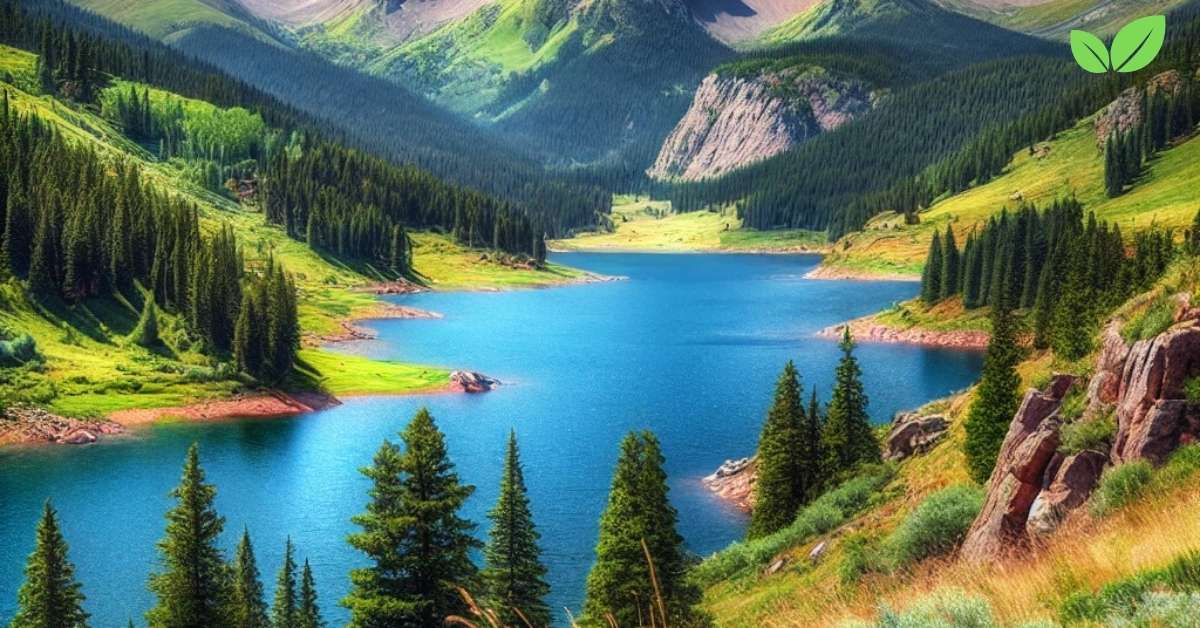Tarryall Reservoir, nestled in the scenic Tarryall Valley within Colorado’s Pike National Forest, is an environmental gem that serves as both a recreational haven and an ecological stronghold. Established in the early 20th century, the reservoir plays a vital role in local water management and provides a habitat for diverse wildlife species. Surrounded by rugged mountains, rolling plains, and rich forests, Tarryall Reservoir is also a crucial resource for regional biodiversity. Its combination of natural beauty, outdoor recreation, and environmental significance make it a fascinating subject for understanding the intricate relationships between human activity, water management, and nature conservation.
This article will explore the history of Tarryall Reservoir, its environmental significance, the wildlife and plant species that thrive in and around it, as well as the role it plays in recreation and local conservation efforts. We will also discuss the ongoing challenges faced by this area, including the effects of climate change, water use pressures, and habitat protection.
1. The Origins and History of Tarryall Reservoir
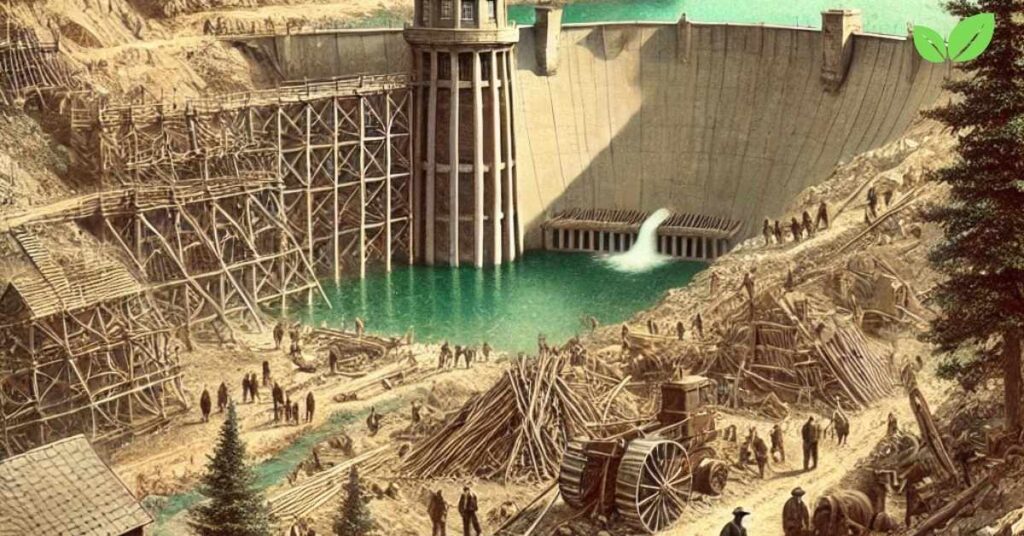
1.1. Construction of the Tarryall Dam
Tarryall Reservoir was created in 1929 following the construction of the Tarryall Dam. The dam was initially built to provide a stable water supply for agricultural irrigation in Park County, a region known for its dry summers and the need for efficient water management to support farming. The water from Tarryall Creek, a tributary of the South Platte River, was dammed to create the reservoir, and the controlled water flow helped manage irrigation for local farmers.
The establishment of the reservoir not only benefited agriculture but also provided a source of water for wildlife, enhancing the ecological diversity of the area. Over time, the reservoir became an important recreational site, drawing visitors for fishing, boating, camping, and hiking.
1.2. The Evolution of Tarryall Reservoir as a Recreation Area
Although initially intended as an agricultural resource, Tarryall Reservoir’s stunning location and abundant wildlife quickly attracted outdoor enthusiasts. The creation of recreational facilities, including campsites, fishing areas, and hiking trails, allowed Tarryall Reservoir to become a popular destination for nature lovers and tourists. The Colorado Division of Wildlife stocked the reservoir with fish species like trout, making it a sought-after location for anglers.
The combination of natural beauty and recreational opportunities helped transform Tarryall Reservoir into a multi-use area that supports not only farming but also tourism, wildlife conservation, and outdoor education.
2. Environmental and Ecological Importance of Tarryall Reservoir
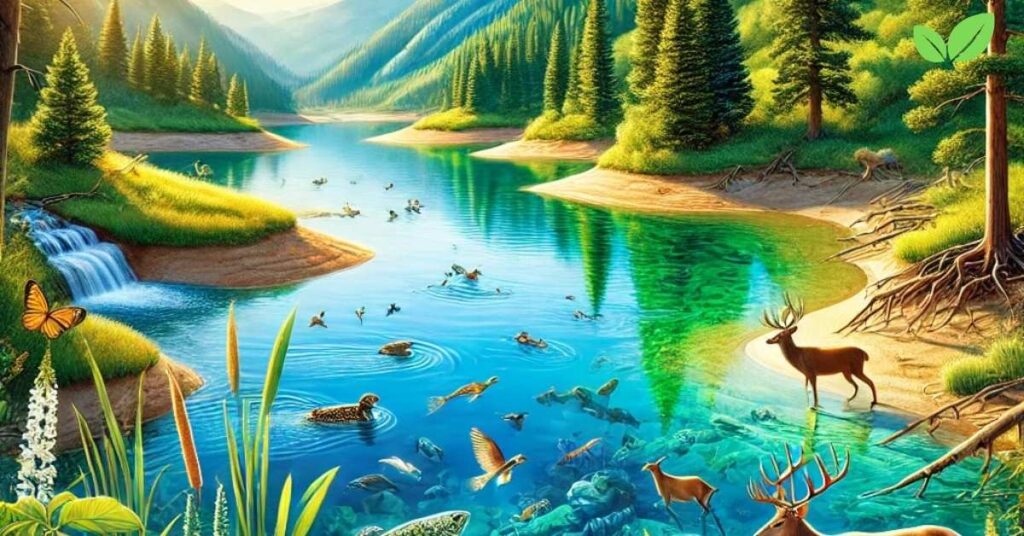
2.1. Water Management and Hydrology
Tarryall Reservoir plays a crucial role in local water management, serving as a key point of water storage for irrigation, flood control, and wildlife support. The dam regulates the flow of Tarryall Creek, which can fluctuate seasonally due to snowmelt from the surrounding mountains and periodic rainfall.
2.1.1. Irrigation and Agricultural Support
One of the primary functions of the reservoir is to provide a reliable water source for agricultural irrigation. The controlled release of water ensures that local farms have access to water during the dry summer months, helping to sustain crops and pastureland. This makes the reservoir an essential resource for the agricultural economy in Park County, particularly for ranchers who depend on consistent water supplies for their livestock.
2.1.2. Flood Control and Climate Resilience
The Tarryall Dam also helps mitigate the risk of flooding during periods of heavy rainfall or rapid snowmelt. By controlling the outflow from the reservoir, water managers can reduce the risk of downstream flooding, protecting homes, infrastructure, and ecosystems along the South Platte River. In an era of increasingly unpredictable weather patterns due to climate change, the reservoir’s role in flood control is more important than ever.
2.2. Habitat for Wildlife
Tarryall Reservoir is not only a human-made resource; it has also become a thriving habitat for a wide range of wildlife. Its location within the Pike National Forest means that it is part of a broader ecosystem that supports mammals, birds, fish, and plant species.
2.2.1. Aquatic Life
The reservoir is home to a variety of fish species, including rainbow trout, cutthroat trout, and brown trout, making it a popular destination for anglers. These fish species are regularly stocked by Colorado Parks and Wildlife to maintain healthy populations, ensuring that both recreational fishing and ecological balance are preserved.
In addition to fish, the aquatic ecosystem of Tarryall Reservoir supports invertebrates, amphibians, and aquatic plants that contribute to the overall health of the water system. The presence of diverse aquatic life helps to maintain the water quality and serves as an important food source for predators like eagles and otters.
2.2.2. Birdlife
The reservoir and surrounding wetlands attract a wide variety of bird species, many of which rely on the area for nesting, feeding, and migratory stopovers. Common species spotted around Tarryall Reservoir include bald eagles, ospreys, and great blue herons. Waterfowl such as ducks and geese are also regular visitors, particularly during migration seasons when the reservoir serves as a critical resting point.
The reservoir’s birdlife is an important part of its environmental value, as it contributes to biodiversity and helps maintain the balance of the ecosystem. Birdwatchers often visit Tarryall Reservoir to observe these species in their natural habitat, adding another layer of recreational and educational value to the site.
2.2.3. Mammals and Other Wildlife
The forested areas surrounding Tarryall Reservoir provide habitat for mammals such as elk, mule deer, black bears, and bobcats. These animals rely on the reservoir and nearby streams for drinking water and food. Additionally, smaller mammals like beavers and muskrats can be found in the wetlands, where they build lodges and contribute to the ecosystem by creating habitats for other species.
The presence of such diverse wildlife makes Tarryall Reservoir a significant site for conservation efforts, ensuring that these animals have access to water and habitats in a changing landscape.
3. Recreational Opportunities and Conservation
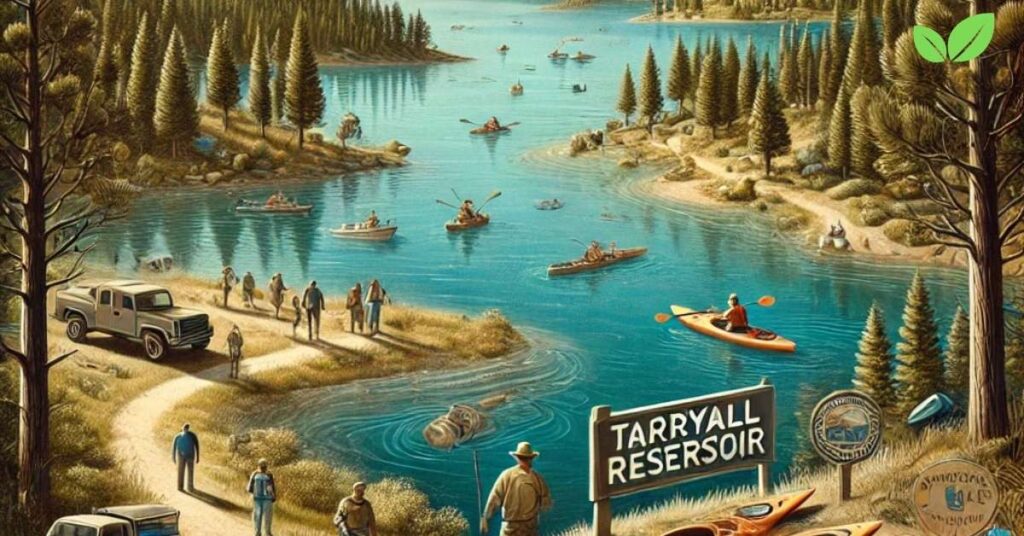
3.1. Fishing and Angling
Fishing is one of the most popular recreational activities at Tarryall Reservoir. Anglers are drawn to the reservoir for its abundant trout populations, as well as the peaceful surroundings and scenic beauty of the area. The reservoir is stocked regularly with rainbow and brown trout, providing consistent fishing opportunities for visitors.
- Fishing Regulations: Colorado Parks and Wildlife manages the fish populations at Tarryall Reservoir, and anglers are required to follow specific fishing regulations designed to protect fish stocks and ensure sustainable recreational use. These regulations include limits on the number and size of fish that can be caught, as well as restrictions on the types of bait and gear that can be used.
3.2. Hiking and Wildlife Observation
The trails surrounding Tarryall Reservoir offer excellent opportunities for hiking, birdwatching, and wildlife observation. Trails wind through the forested hills, meadows, and along the shoreline, providing visitors with access to a variety of landscapes and ecosystems.
- Birdwatching: Tarryall Reservoir is a haven for birdwatchers, who come to observe bald eagles, ospreys, waterfowl, and other species that inhabit the area. The diverse bird population makes the reservoir a key site for avian conservation and education.
3.3. Camping and Picnicking
Tarryall Reservoir also offers several camping and picnicking areas, where visitors can enjoy the natural beauty of the surrounding landscape. The reservoir’s remote location provides a peaceful retreat for those looking to escape the hustle and bustle of everyday life.
- Camping Facilities: The U.S. Forest Service manages several campgrounds around Tarryall Reservoir, offering both developed and primitive camping sites. These campgrounds are popular with families, hikers, and outdoor enthusiasts looking to immerse themselves in nature.
4. Environmental Challenges and Conservation Efforts
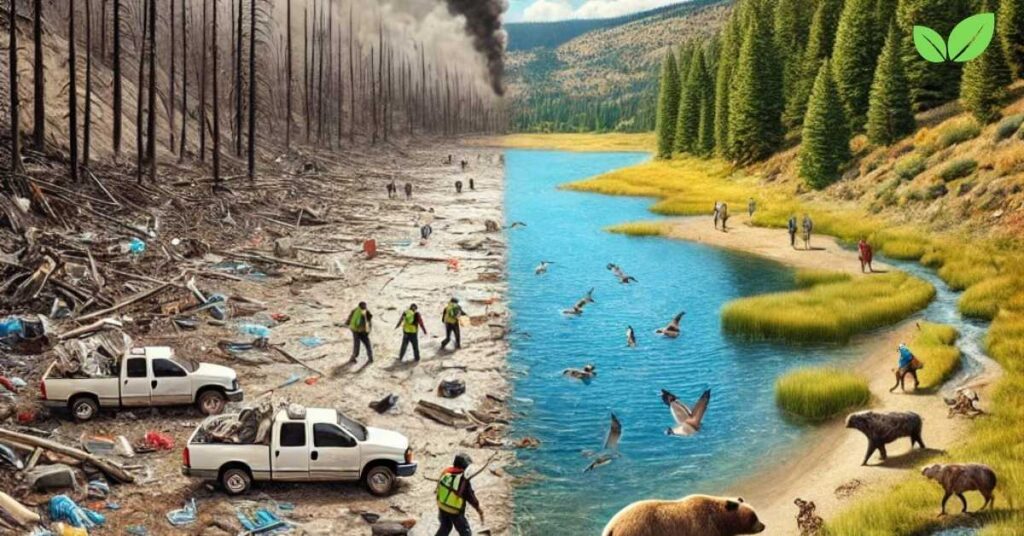
4.1. Impact of Climate Change
Like many natural areas in Colorado, Tarryall Reservoir faces environmental challenges due to climate change. Changes in precipitation patterns, rising temperatures, and increased wildfire risk are all factors that could impact the health and sustainability of the reservoir’s ecosystems.
4.1.1. Water Availability and Drought
Periods of drought have become more frequent in the region, affecting water levels in the reservoir and impacting both agricultural use and wildlife habitats. Lower water levels can lead to reduced fish populations, increased water temperature, and degraded water quality, all of which can negatively impact the surrounding ecosystem.
- Water Management Strategies: Efforts are underway to develop more sustainable water management practices to ensure that Tarryall Reservoir can continue to serve both human and ecological needs. These strategies include more efficient irrigation techniques, water conservation measures, and habitat restoration projects.
4.1.2. Wildfire Risk
The forests surrounding Tarryall Reservoir are increasingly at risk of wildfires, which are exacerbated by climate change. Wildfires can devastate wildlife habitats, reduce air and water quality, and threaten recreational areas. Managing the risk of wildfires through controlled burns and forest management is critical to preserving the reservoir’s ecosystem.
4.2. Human Impact and Recreation Management
As recreational use of Tarryall Reservoir grows, so too does the need for effective management to minimize human impact on the environment. Overuse of trails, littering, and habitat disturbance are all concerns that must be addressed to protect the area’s natural beauty and ecological value.
- Leave No Trace Principles: Visitors to Tarryall Reservoir are encouraged to follow Leave No Trace principles, which help minimize their environmental footprint. This includes packing out all trash, staying on designated trails, and respecting wildlife.
4.3. Conservation Efforts
Efforts to conserve Tarryall Reservoir and its surrounding ecosystems are ongoing. These efforts focus on habitat restoration, wildlife protection, water conservation, and community education. Conservation organizations, local government agencies, and volunteers work together to ensure that Tarryall Reservoir remains a healthy, vibrant ecosystem for future generations.
4.3.1. Habitat Restoration
One of the main focuses of conservation efforts at Tarryall Reservoir is habitat restoration. Projects often involve restoring riparian areas, replanting native vegetation, and repairing damaged ecosystems caused by human activities such as overuse of trails or illegal camping. Restoring these areas helps to stabilize soil, improve water quality, and create healthy environments for local wildlife.
- Riparian Zone Restoration: Restoring the riparian zones around Tarryall Creek and the reservoir is critical for maintaining water quality and providing habitats for birds, amphibians, and small mammals. These efforts help prevent erosion and promote biodiversity.
- Invasive Species Management: Part of the habitat restoration effort includes controlling invasive plant species that threaten native vegetation. Removing invasive species allows native plants to thrive, ensuring that local wildlife has access to food and shelter.
4.3.2. Wildlife Protection Programs
Tarryall Reservoir is home to numerous species of mammals, birds, fish, and amphibians, some of which are sensitive to habitat disturbance. Conservation programs focus on protecting these species through various initiatives, including habitat preservation, research, and public education.
- Bird Conservation: Organizations work to protect the habitats of the many bird species that depend on Tarryall Reservoir. This includes safeguarding nesting sites and educating the public about the importance of not disturbing birds during breeding seasons.
- Fish Population Monitoring: Colorado Parks and Wildlife monitors the fish populations in Tarryall Reservoir, ensuring that fishing activities do not deplete stocks or threaten aquatic ecosystems. Stocking programs are carefully managed to maintain the reservoir’s ecological balance.
4.3.3. Water Conservation Initiatives
Given the increasing pressure on water resources in the region, water conservation at Tarryall Reservoir is crucial for sustaining agricultural needs and preserving aquatic ecosystems. Efforts include promoting more efficient irrigation practices, developing drought-resistant agricultural techniques, and managing water releases from the reservoir to maintain healthy downstream ecosystems.
- Irrigation Efficiency: Farmers and ranchers who rely on Tarryall Reservoir for irrigation are encouraged to adopt water-efficient technologies, such as drip irrigation, which can reduce water waste and ensure that more water remains in the reservoir to support wildlife and recreation.
- Sustainable Water Management: Water managers are working on long-term plans to balance agricultural needs, recreational use, and ecological sustainability. This involves adjusting water release schedules to account for seasonal variations and the potential for prolonged droughts.
4.4. Community Involvement and Education
Public involvement is key to the success of conservation efforts at Tarryall Reservoir. Local communities, schools, and volunteer organizations are actively engaged in efforts to protect the area’s natural resources. Education initiatives help foster a sense of stewardship among visitors and residents, encouraging them to take an active role in preserving the reservoir’s ecological health.
- Volunteer Clean-Up Events: Regular community clean-up events are held to remove litter from the shoreline, trails, and surrounding forest areas. These efforts help maintain the beauty and environmental integrity of the reservoir.
- Environmental Education Programs: Schools and community groups participate in educational programs that teach the importance of water conservation, wildlife protection, and responsible outdoor recreation. These programs are vital for instilling a conservation ethic in future generations.
5. Future Outlook for Tarryall Reservoir
As climate change, population growth, and recreational demand continue to shape the future of Tarryall Reservoir, the need for sustainable management and environmental protection will only grow. Balancing the needs of agriculture, wildlife, and human recreation will be key to ensuring the long-term health of the reservoir and its surrounding ecosystems.
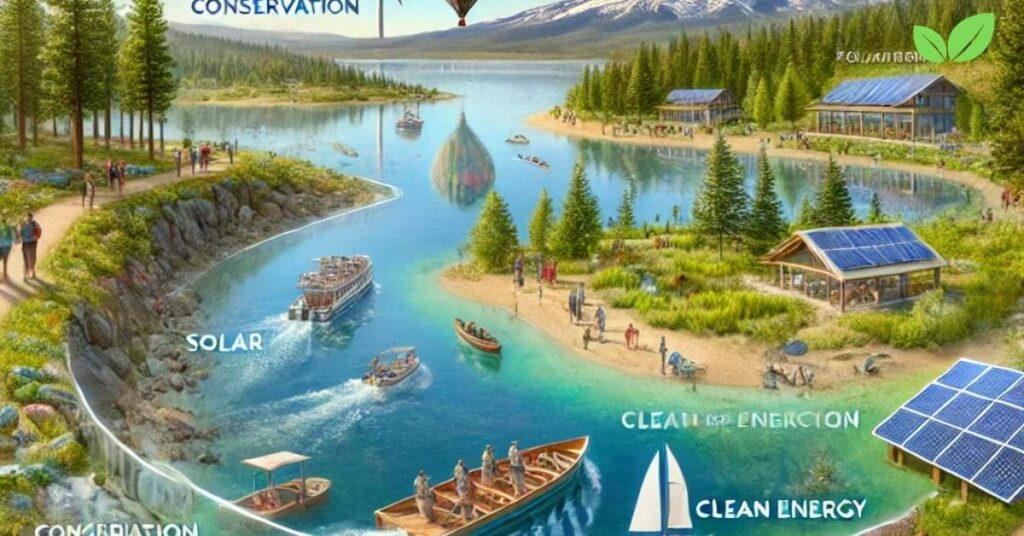
5.1. Addressing Climate Change Impacts
The effects of climate change, including altered precipitation patterns, increased drought risk, and rising temperatures, will require adaptive management strategies to preserve the environmental value of Tarryall Reservoir. This could include more robust water conservation measures, habitat restoration projects, and continued research on how climate change is affecting local wildlife.
- Climate Resilience Planning: Conservation groups and local governments are working on strategies to improve the climate resilience of the reservoir and surrounding habitats. This includes enhancing water storage capacity, improving irrigation efficiency, and ensuring that fish and wildlife populations can adapt to changing conditions.
5.2. Sustainable Recreation Management
As more people discover the recreational opportunities at Tarryall Reservoir, managing human impact on the environment will become increasingly important. Implementing sustainable tourism practices, improving infrastructure, and expanding educational outreach can help ensure that recreation does not come at the expense of environmental health.
- Visitor Education: Educating visitors about the importance of minimizing their environmental footprint will be essential for preserving the natural beauty of Tarryall Reservoir. This could involve increased signage, more ranger-led programs, and online resources about responsible recreation.
- Trail and Campground Management: Expanding and maintaining trail systems and campgrounds to reduce overcrowding and environmental degradation is crucial. By distributing visitors more evenly across the area, managers can reduce the impact on sensitive ecosystems.
5.3. Strengthening Conservation Partnerships
The success of conservation efforts at Tarryall Reservoir will depend on collaboration between government agencies, non-profit organizations, local communities, and recreational users. By building strong partnerships, stakeholders can share resources, knowledge, and expertise to protect the reservoir and its surrounding environments for generations to come.
- Collaborative Conservation Projects: Ongoing partnerships between Colorado Parks and Wildlife, the U.S. Forest Service, and local conservation groups are essential for monitoring wildlife populations, restoring habitats, and managing water resources. These collaborations will be key to addressing future environmental challenges.
6. Conclusion: Tarryall Reservoir’s Environmental and Recreational Importance
Tarryall Reservoir stands as a unique example of how a man-made body of water can evolve into an environmental and recreational treasure. Originally constructed for irrigation and water management, the reservoir has become a critical habitat for diverse wildlife, a recreational hotspot for outdoor enthusiasts, and a valuable resource for agriculture. Its role in supporting local ecosystems, mitigating the impacts of climate change, and providing water for human use makes it an indispensable part of the region’s natural and economic landscape.
The question of how to balance these uses while preserving the ecological integrity of Tarryall Reservoir will shape its future. Through sustainable management, responsible recreation, and ongoing conservation efforts, Tarryall Reservoir can continue to serve as both a sanctuary for wildlife and a source of enjoyment for people, all while maintaining its vital environmental functions.
By fostering a culture of stewardship and collaboration, we can ensure that Tarryall Reservoir remains a healthy, thriving ecosystem for future generations to explore and cherish. Whether you are an angler, hiker, camper, or conservationist, Tarryall Reservoir offers something for everyone, while reminding us of the delicate balance between human activity and environmental preservation.
7. FAQs

7.1. Is fishing allowed year-round at Tarryall Reservoir?
Fishing is allowed year-round at Tarryall Reservoir, but anglers should always check local regulations and seasonal rules set by Colorado Parks and Wildlife to ensure they are in compliance with current guidelines.
7.2. Are there any camping facilities near Tarryall Reservoir?
Yes, there are several campgrounds near Tarryall Reservoir, managed by the U.S. Forest Service. These include both developed campgrounds with amenities and primitive sites for those seeking a more rustic experience.
7.3. What wildlife can I expect to see at Tarryall Reservoir?
Tarryall Reservoir is home to a variety of wildlife, including birds like bald eagles, ospreys, and great blue herons, as well as mammals like elk, mule deer, and black bears. Beavers and muskrats are also common in the wetlands surrounding the reservoir.
7.4. What conservation efforts are underway at Tarryall Reservoir?
Conservation efforts at Tarryall Reservoir focus on habitat restoration, wildlife protection, invasive species management, and water conservation. These efforts are carried out through collaborations between government agencies, local organizations, and community volunteers.
7.5. How does climate change affect Tarryall Reservoir?
Climate change impacts Tarryall Reservoir through altered precipitation patterns, increased drought risk, and rising temperatures, which affect water levels, fish populations, and wildlife habitats. Conservation groups are working to develop adaptive management strategies to address these challenges.
7.6. Are there any fees for visiting Tarryall Reservoir?
While access to Tarryall Reservoir is free, some campgrounds and recreational facilities may charge fees for use. It’s a good idea to check with the U.S. Forest Service or Colorado Parks and Wildlife for specific information on fees and permits for activities like fishing or camping.
Read More: Wheeler Ridge: Exploring Its Environmental Niche, Ecological Importance, and Conservation Efforts

